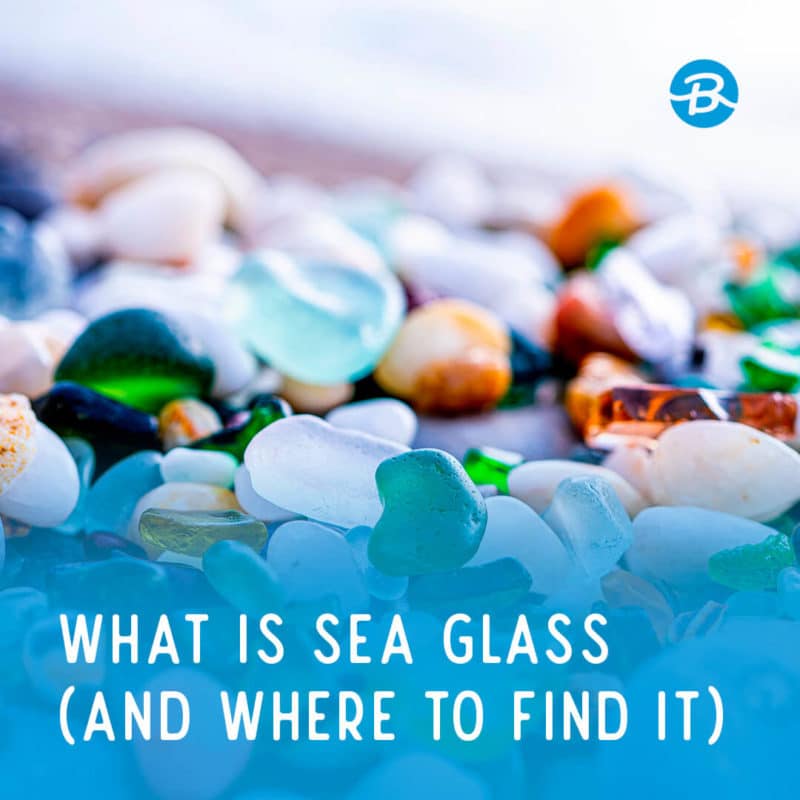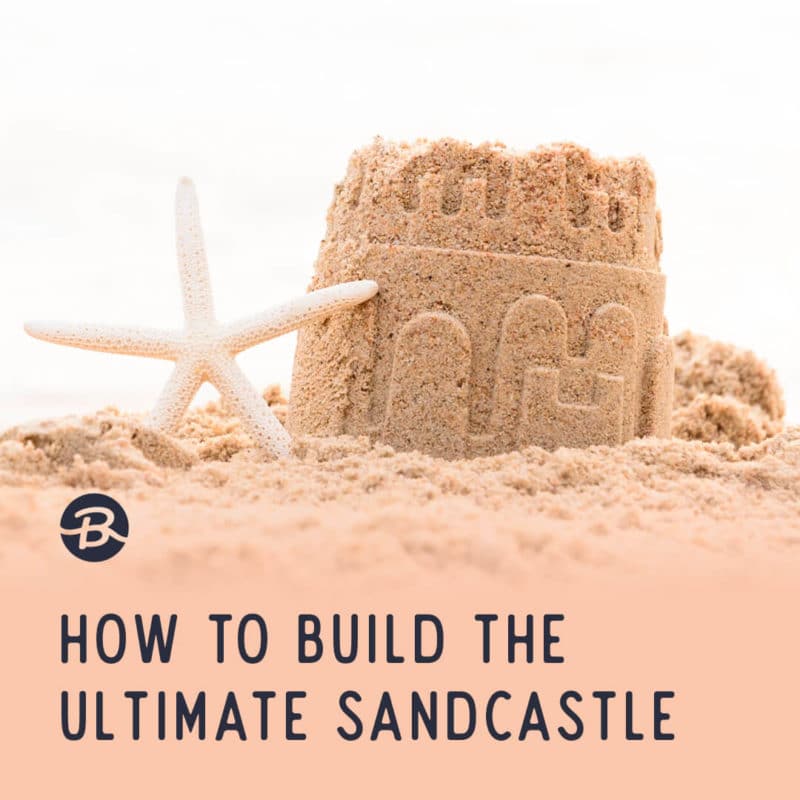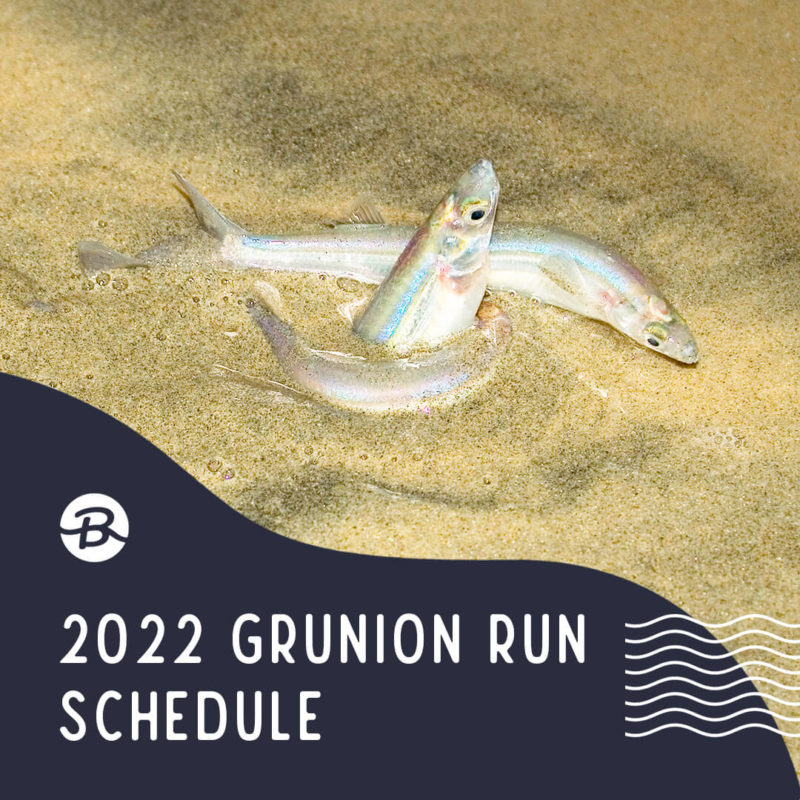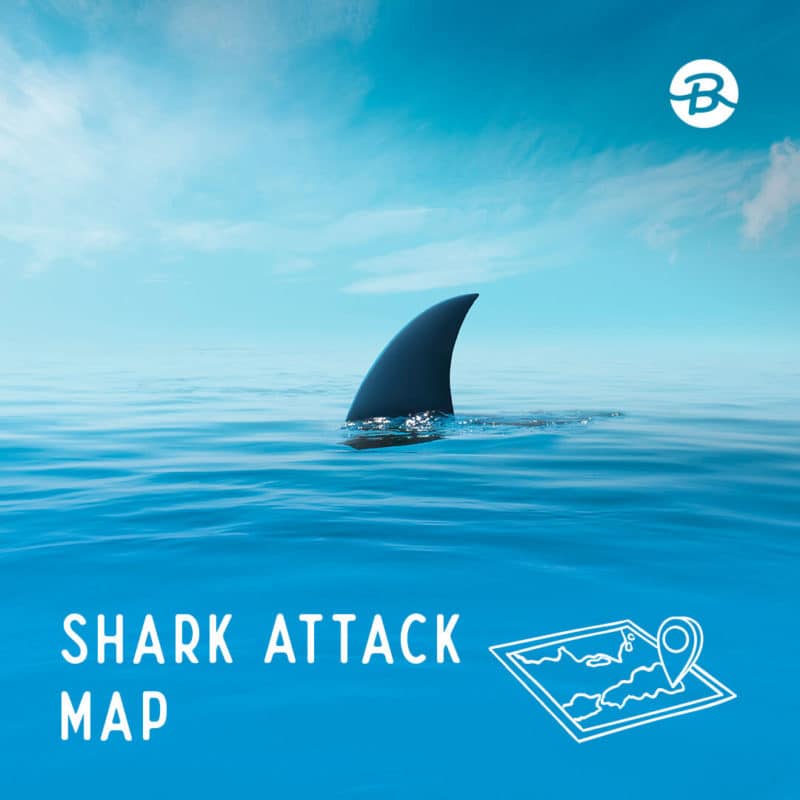Boogie boarding or bodyboarding is one of the most exciting beach activities. It can keep kids (and adults!) entertained for hours, and it’s one of the best ways to get physical activity on the water. Keep reading to learn everything you need to know about kids boogie boarding!

If you’re a parent looking to teach your little one a new activity for your next beach vacation, or you’re trying to find a water sport you can take up together, boogie boarding is the way to go. It’s kid-friendly because it’s relatively safe, inexpensive, and usually easy to learn. In fact, most kids can pick it up in under an hour or two!
This guide will tell you everything you need to know from when you can start, what its benefits are, how to choose the best kids’ boogie boards, and detailed steps for how you can teach kids the skill.
What Age Can You Start Boogie Boarding?
While there’s no right age to start riding a boogie board, your child should be able to walk and swim before they hit the board. For many children, this means they’re somewhere between three and six years old.
However, every child is different. If you’re ready to teach them to get on a board, but you’re not quite sure if they’re ready, you can always let them take a few swim classes and see what their instructor says.
Why Teach Your Kids Boogie Boarding
Not only is boogie boarding great fun, but it also comes with all sorts of hidden advantages. Your little one can develop other essential skills such as confidence from learning how ride a boogie board. It’s also a fairly easy hobby to start, learn, and teach even to small children.
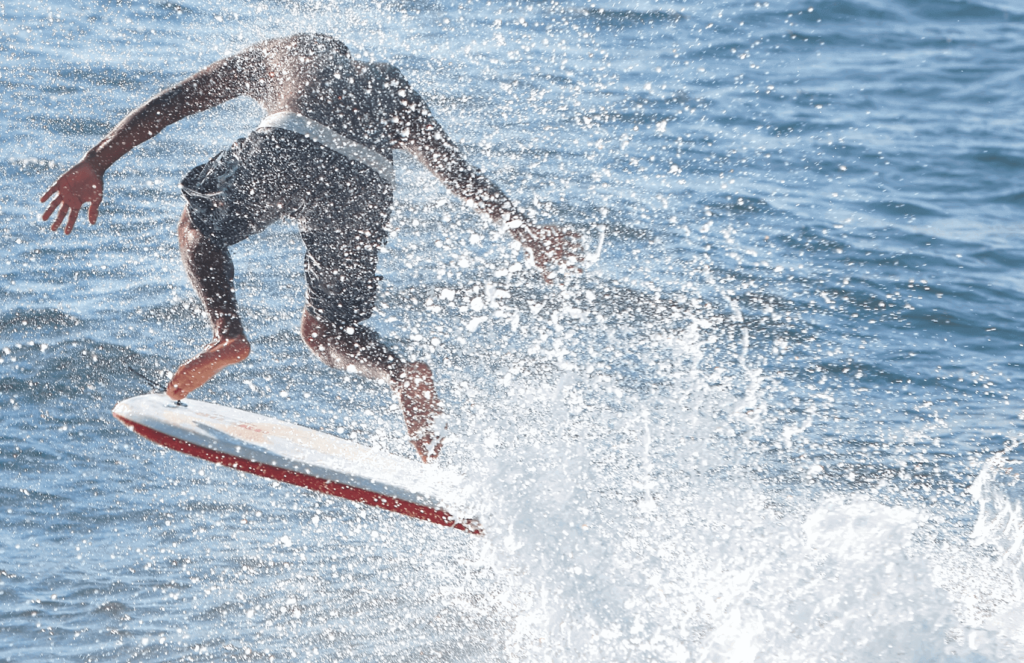
It’s Inexpensive
Unlike surfing, paddleboarding, or other popular water sports, bodyboarding is relatively cheap. All your child technically needs is a kids’ boogie board. And, most boogie boards are less than $50.
If you opt for a high-quality good boogie board and high-end accessories, like fins and a wetsuit, you could spend more. However, nice equipment isn’t essential, and it’s something you can invest in as time goes on.
You Don’t Need Much
Many kids’ hobbies, including some beach activities like sandcastle building, require a few items. With boogie boarding, you only need to bring the board, and it’s light enough that your child can probably even carry it themselves. There’s also the inflatable boogie board option that makes it even lighter!
It’s Easy to Learn
It might take a little time for your little one to grow confident in the waves, but you can usually teach boogie boarding in less than a day. Most kids will pick it up in no time, and once they get it, they can typically entertain themselves for hours on end.
If your child doesn’t seem to be picking up on it this fast, no worries! They may need some extra time. (Read more on how you can make it a positive experience for them.)
Promotes Confidence in the Water
The ocean can be scary, especially when you’re small. Many children feel at least a little unsure about such a massive body of water unless they’ve been to the beach several times. But, helping them overcome their ocean fears can be beneficial for the years ahead.
Though you should never push your child into the waves when they’re afraid, you can show them how much fun bodyboarding is. You can always demonstrate getting on the board until they feel more comfortable.
Even if your child isn’t fearful of the ocean, learning new skills is critical for building self-esteem.
Builds Strength and Stamina
Boogie boarding requires some paddling and kicking, which builds arm and leg strength. It also promotes core strength as kids master good balance and steer their board.
Given that many children end up riding waves for hours on end, boogie boarding can also increase stamina, making it a great form of physical activity.
Encourages Independence
Once your kid gets the hang of boogie boarding, it won’t require much help. While parents will want to keep an eye out, you should be able to kick back and relax if your little one can swim and understands wave conditions.
As little kids do independent activities, they learn problem-solving skills, confidence, and self-regulation.
Picking the Right Kids Boogie Board
If you’ve decided that taking boogie boarding sounds right for you and your little one, it’s time to get a board. When picking out the best kids boogie board, you’ll want to consider the size, material, and a few other features like the lease and tail type.

Size
Boogie boards come in multiple sizes. You want to pick one based on your child’s height and weight.
A quick rule of thumb: The board should stretch from their knees to chin. And, you also want a lightweight board they can carry and control.
Longer and thicker boards are more buoyant, so you might want to veer on the longer side for kids who are just beginning. A slightly longer board will also give them room to grow, meaning it might last for more than just one boogie board season. With that said, they may not be able to paddle or control the board if it’s too big.
With smaller kids and toddlers, standard boogie boards that often start at 30 inches might be too big. However, there are kids boogie boards that are specially made for toddlers. Sometimes the best bodyboards for toddlers are a standard kickboard.
Material
Most bodyboards are made with a foam core, but the material varies. You’ll probably want a board with an expanded polystyrene (EPS) core. EPS is ultra-durable and offers flexibility, great buoyancy, and strength.
Other options include polyethylene foam (PE) and polypropylene (PP). PE offers even more flexibility than EPS, but it’s better suited for experienced riders. They tend to be the fastest and strong choice and also the most expensive.
Other Features
There are several other features a kids bodyboard may have:
- Wrist leash: This is an important feature for kids because it’ll keep the board close to them if they wipe out.
- Bicep leash: These allow for easier paddling than a wrist leash, but they aren’t as comfortable.
- Crescent tail: This is best for beginners and kids because they decrease contact with the wave and create a smoother ride.
- Bat tail: This is better for older kids who are a little more advanced. Although it’s less stable, it gives the rider more speed and flexibility.
- Color and design: One of the best parts about boogie boards is their fun colors and designs. Encourage your child to get excited by allowing them to choose the board they like.
Teaching Your Kid How to Use a Boogie Board
You have the board, your child is ready, and now you’re off to the beach. Now it’s time to teach your them ride the boogie board!
Here are some easy-to-follow steps that should help you teach your little one to successfully boogie board. And, they’ll be riding the waves on their own in no time!
Step 1: Pick the Right Beach
Before you set out on your boogie board lessons, you need to pick a suitable beach. Often, parents think a well-known surfing beach will be best. While surfing beaches can be excellent, that’s not always the case.
Bigger waves and strong currents can be dangerous for young children. So, instead of infamous surf beaches, look up beginner surf camps near you. Surf camps are usually held at beaches with smaller waves and longer shallows, which are perfect for the boogie board.
You’ll also want to consider crowds. If it’s a busy weekend in the summer, the beach might have too many people for a boogie boarding lesson. Too many people can make it hard to focus and can make you feel like you have an audience.
Ideally, the beach you choose won’t be too busy and it’ll have long shallows, small waves, and no rocks or rip tides that could cause problems while your child’s learning.
Step 2: Prepare Your Kid
Once you have the right beach picked out, you should prepare your little one. If the water is going to be cold, warn them about it, and consider purchasing a wetsuit.
Even if the water’s warm, you might want to get them a rash guard. Explain that paddling can irritate the sensitive skin on their arms, but a rash guard will help. Plus, it will protect them from potential risks at the beach, including jellyfish and sunburns.
If they have swim fins, let them know they can wear them later on. When they’re first learning, they won’t need them. Fins will only add more complexity. Once they get the hang of things, they can wear them whenever they feel it’s necessary.
Finally, attach the leash and explain why it’s important. Without a leash, the board can get away from them, so they should wear it whenever they want to ride.
Step 3: Let Your Child Lead
As a grown-up, it’s easy to forget how overwhelming the ocean can be for children. So, let them lead the way. Have them hold their board and step into the surf, but don’t push them to go deeper until they’re ready.
Depending on your child’s comfort level, they may want to dive right in. Or they may want to stand in the shallow water for a bit, just getting their feet wet. Either way is okay!
Once they’re ready, you can help them move a bit deeper into the water until they’re between knee and waist-deep.
Make sure that you walk straight forward into the ocean. It may be tempting to turn to the side as waves come in, but doing this with a board in hand can make things harder as the water can push the board over and prevent your child from controlling their board.
Step 4: Read the Waves
As you head out, it’s vital that you pay attention to the waves and help your child notice them too. This is an important skill for any water activity.
Start by looking at the horizon line. Then, compare the horizon to the angle of the cresting waves and determine the wave’s highest point.
Whichever side slopes steeper from the high point will be the direction the wave breaks and the direction you’ll want to ride it.
As you do this, you’ll want to make sure the waves aren’t breaking into rocks or anything hazardous. It might not be the best time to learn how to bodyboard if they are.
Step 5: Get into Position
Once you’re at the right depth, somewhere between your child’s knees and waist, you can help your child get into position on the board. They should lay on the board, holding it towards the top, with their feet hanging off the back.
Tell them to lift their chest and look straight ahead. Then, standing behind them, you’ll help angle the board into position, towards the direction of the breaking waves.
Step 6: Let Them Go!
As a wave approaches, tell them to start kicking and paddling. Of course, neither will do much if you’re maintaining control of the back of the board, but it’s good practice for when they’re on their own.
In the last few moments, before the wave catches their board, let go. You can also give them a little push to ensure they catch it. Then, you can watch them ride the wave all the way in.
Hopefully, they love the experience and are all smiles as they glide to shore. If they are, they’ll probably want to do it again. So, repeat the process, but give them a little less help each time.
After a few rounds, they’ll probably be ready to try boogie boarding without your help. So grab your camera or your own board, and enjoy watching them ride the waves themselves.

Making Bodyboarding a Positive Experience
Boogie boarding is supposed to be exciting, but sometimes a kid’s first experience can be nerve-wracking. If your little one is really nervous, they get too cold, or they wipe out, they may not be interested.
Here are some tips for how to make bodyboarding a positive experience:
- If possible, pick a familiar beach. If you don’t have a beach you’ve been to before, go without the board once or twice before your lessons begin.
- Keep them warm. If you’re not close to a warm-water beach, a wetsuit can make a huge difference for the better.
- Let them see you enjoying the water. Even if you don’t boogieboard yourself, show your kid that the ocean is fun!
- Pick the right board. Remember kids boogie boards should be picked according to size, material, and other important features. You want your child to be able to control their board and like it.
- Stay in shallow waters. If they go too deep, it may be difficult to swim back to shore if necessary. This can create fear and even panic in younger children and some bigger kids, too.
- Have a pep-talk beforehand. Build your child up and talk to them about what to do if they wipe out. Let them know to stay calm and swim back towards shore.
Final Thoughts
We hope this guide has gotten you excited to teach your child how to boogie board! This beach activity is ideal for little ones because it’s fairly easy to teach and learn, relatively inexpensive, and safe. Not only do many kids love it, but it’s also great exercise.
Enjoy your time on the beach!



